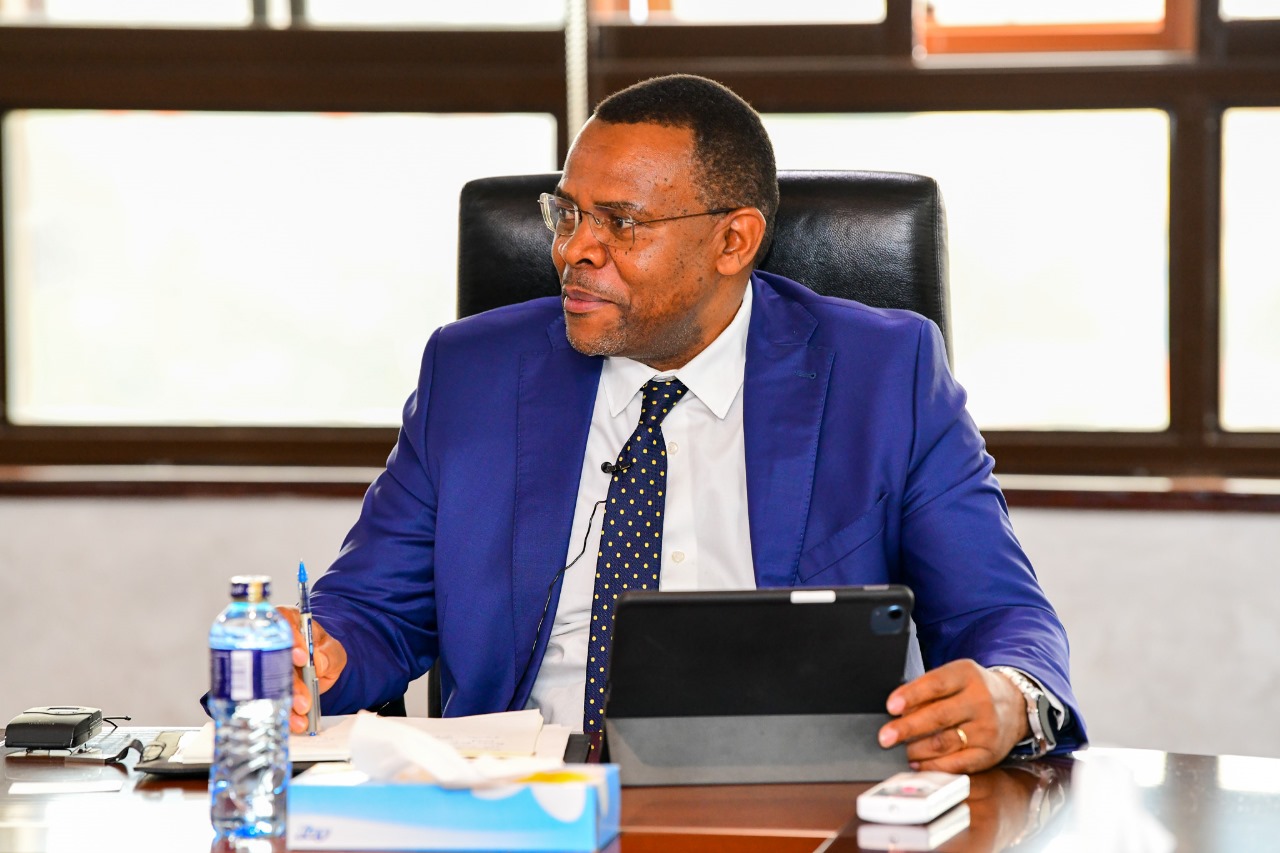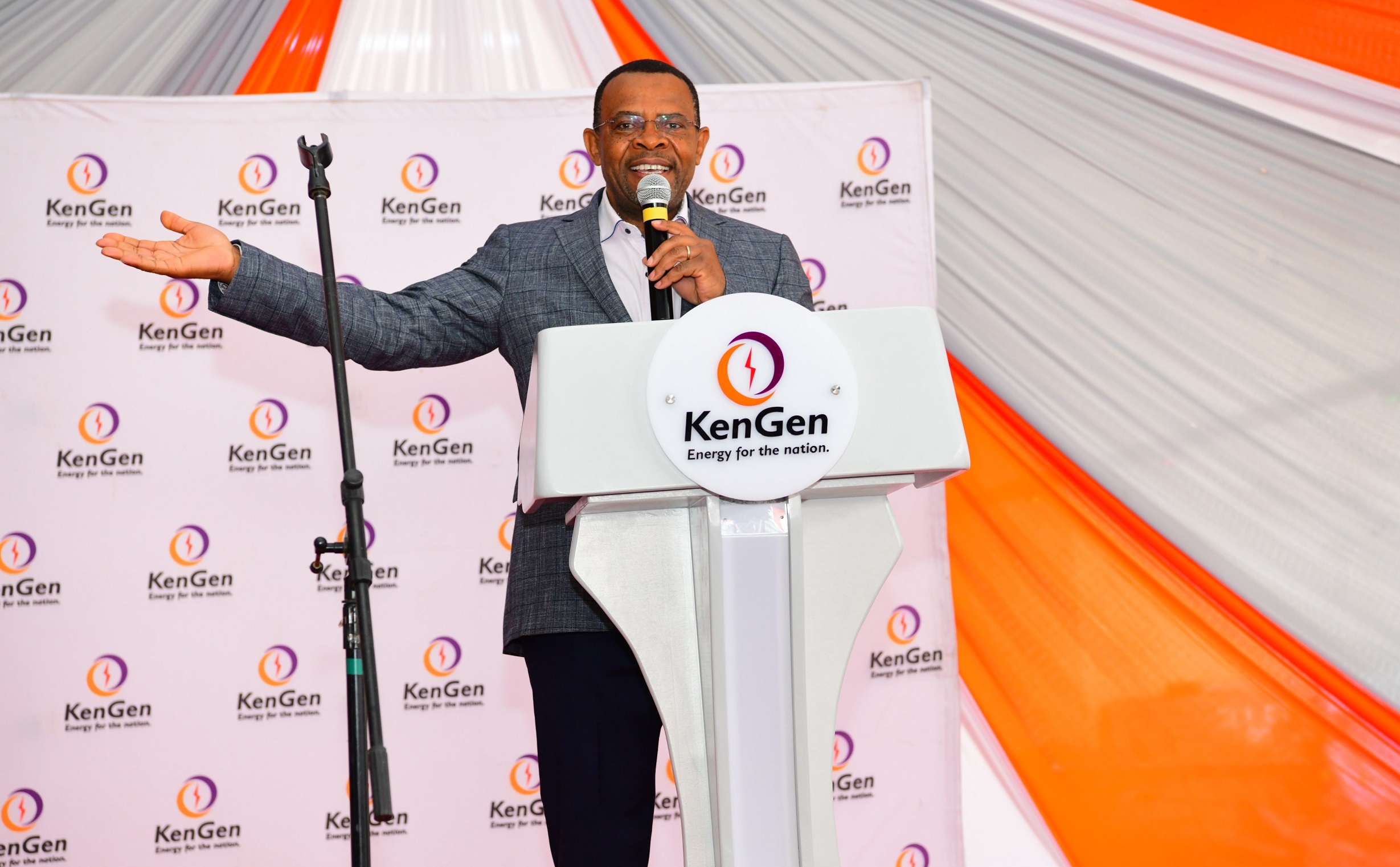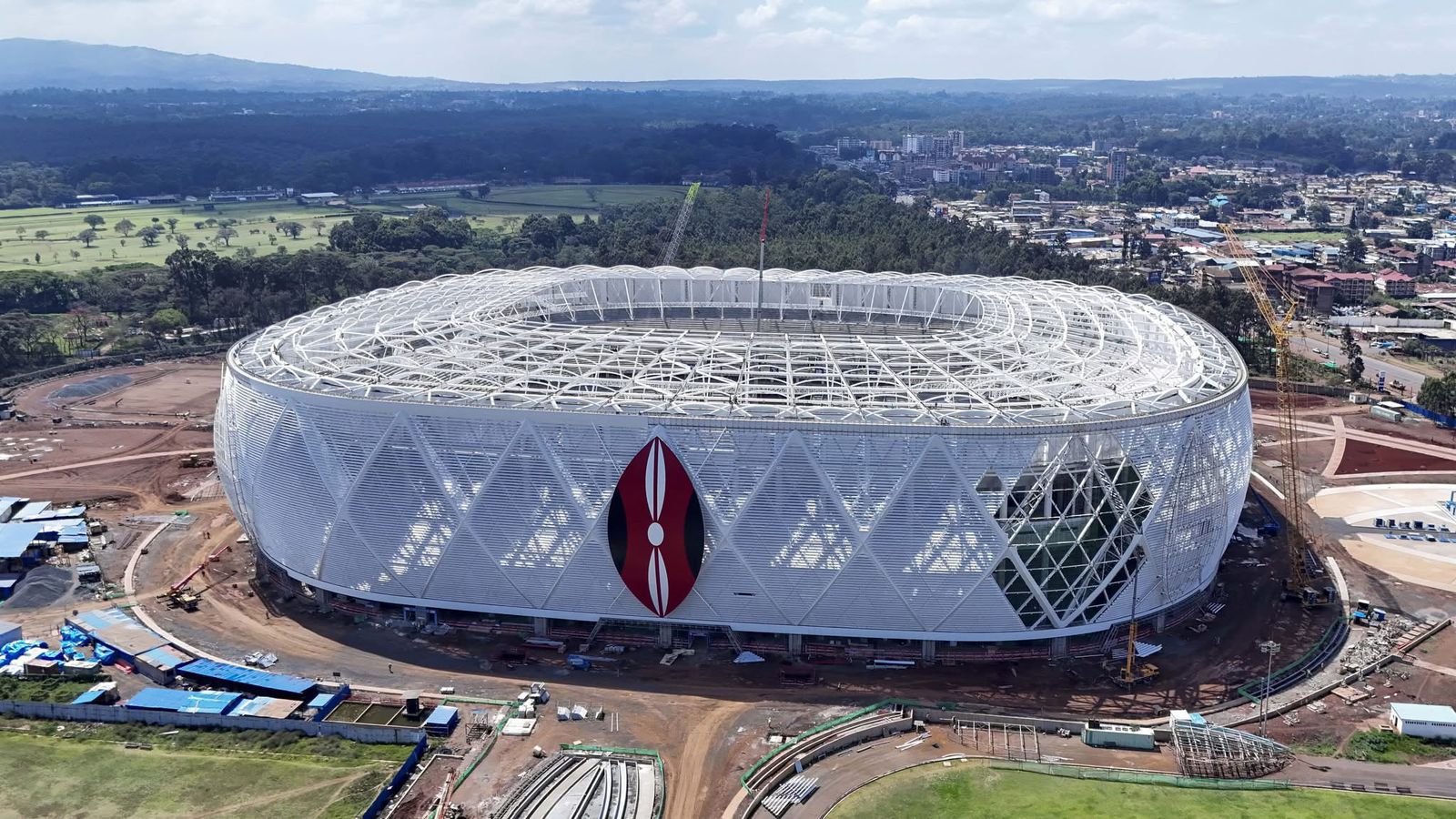Kenya Electricity Generating Company PLC (KenGen) has assured Kenyans of continued affordable and reliable hydroelectric power supply despite the subsidence of heavy rains across the country.
In a press statement on Thursday, August 22, KenGen disclosed that its proactive water management program, particularly at the Seven Forks dams, is ensuring uninterrupted power supply.
The company maintained that its water management systems allowed it to maintain optimal dam levels ensuring that the supply of power remained stable throughout the year, regardless of weather conditions.
“Kenyans can rest assured that the benefits of affordable and reliable Hydroelectric Power (HEP) will continue, even as the heavy rains that recently swept across the country begin to subside,” KenGen stated.
KenGen Managing Director Eng. Peter Njenga reiterated the company's commitment to manage water resources efficiently.
Read More
“As KenGen, we have taken significant steps to manage our water resources efficiently. This means that even in the dry seasons, we can continue to produce clean and affordable hydroelectric power, which remains a vital component of the national grid,” Njenga explained.

He expressed confidence in the company's ability to continue to provide reliable energy throughout the year.
“Despite the change in weather patterns, we have positioned ourselves to ensure that hydropower remains a stable source of energy for Kenyans throughout the year,” Njenga remarked.
He further disclosed that the Masinga and Kiambere dams are currently operating at optimum levels, contributing clean and renewable energy to the national grid.
"As of this morning, Masinga Dam, the largest in the cascade, recorded a water level of 1,056.35 meters against a maximum level of 1,056.50 meters above sea level, while Kiambere Dam, the last in the cascade, recorded 698.68 meters against a maximum of 700 meters,” he stated.
At the same time, the KenGen boss noted that the company's effective water management system prevented overflows by the dams to safeguard downstream communities from potential flooding.
“Even during the peak rainy seasons, we were able to control the flow of water downstream, minimizing the effects of flooding and reducing the potential damage to property and loss of life," Njenga explained.






